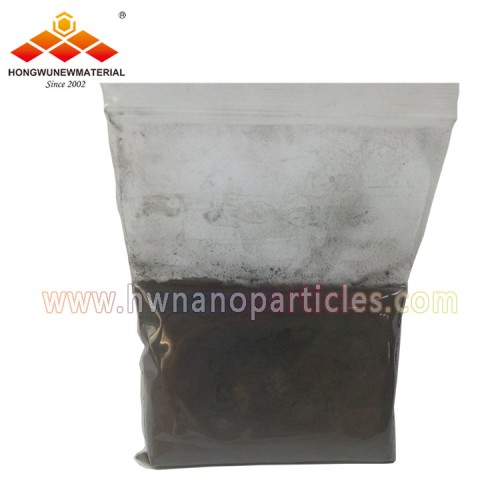
Antiviral Copper Nanopowders Cu nanoparticles China factory price
Antiviral Copper Nanopowders Cu nanoparticles China factory price
| Item name |
Copper Nanopowders |
| MF | Cu |
| Purity(%) | 99.9% |
| Apperance | black powder |
| Particle size | 40nm |
| Packaging | double anti-static bags, drums |
| Grade Standard | industrialgrade |
Other particle size available: 20nm, 70nm, 100nm, 200nm
Both dry powder and wet powder contained certain deionized water are available at offer.
Application
Copper is perhaps the most widely used antibacterial metal with the most adequate features to date. At present, most researches on antibacterial copper are focused on its antibacterial properties, but some studies have made some assumptions about the antitoxic effect of copper. Many researchers speculate that the same ROS mechanism found in antibacterial activity can act on the viral envelope or capsid. It is worth noting that viruses do not have the repair mechanisms found in bacteria or fungi and are therefore susceptible to copper-induced damage. Copper generally used for anti-virus has the following forms and methods: copper-based anti-viral surface; incorporation of copper ions into other materials; copper ions and particles used in anti-microbial and anti-viral textiles, filters, and polymerization such as latex Materials; copper nanoparticles; copper powder applied on the surface, etc.
Also copper nanopowder can be applied for catalyst, etc.
Storage
Copper nanopowdershould be sealed and stored in a dry, cool environment, away from direct sunlight.









